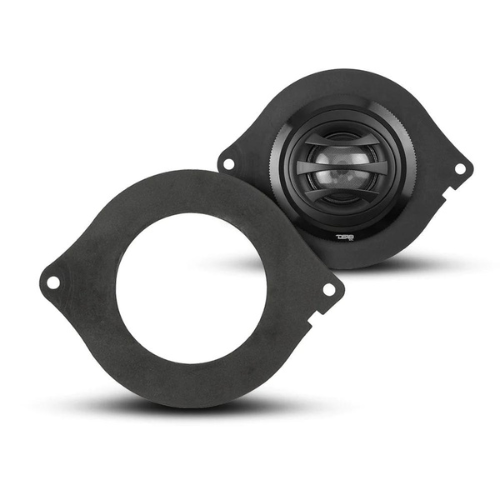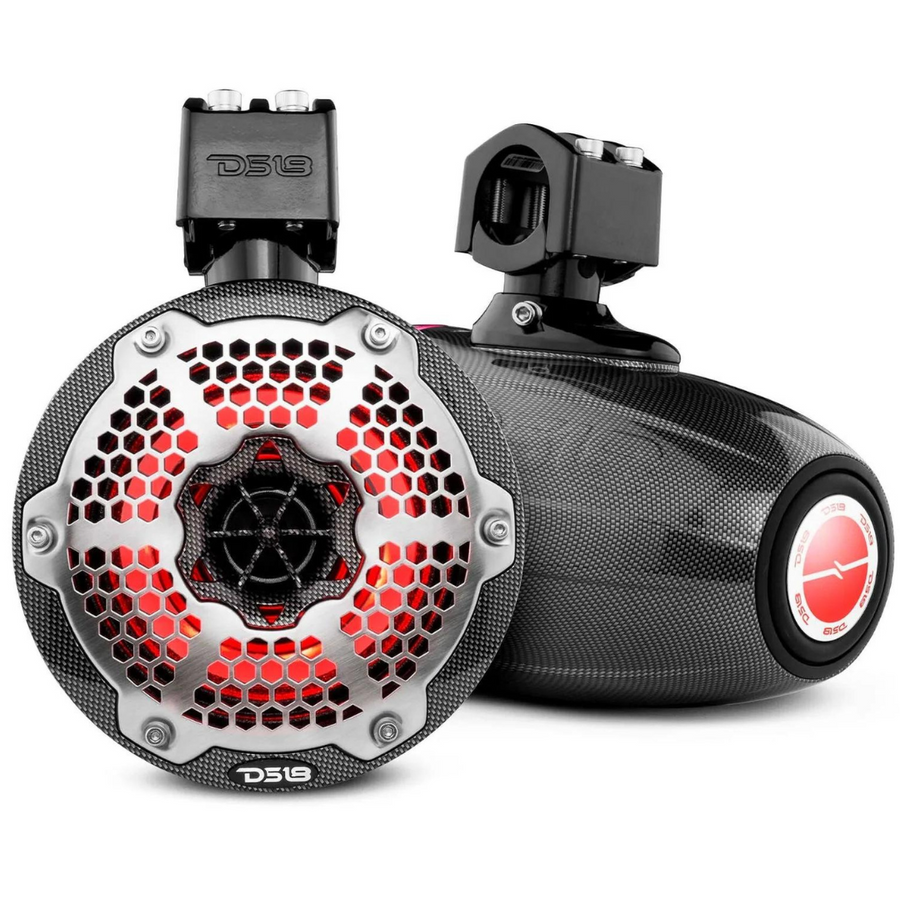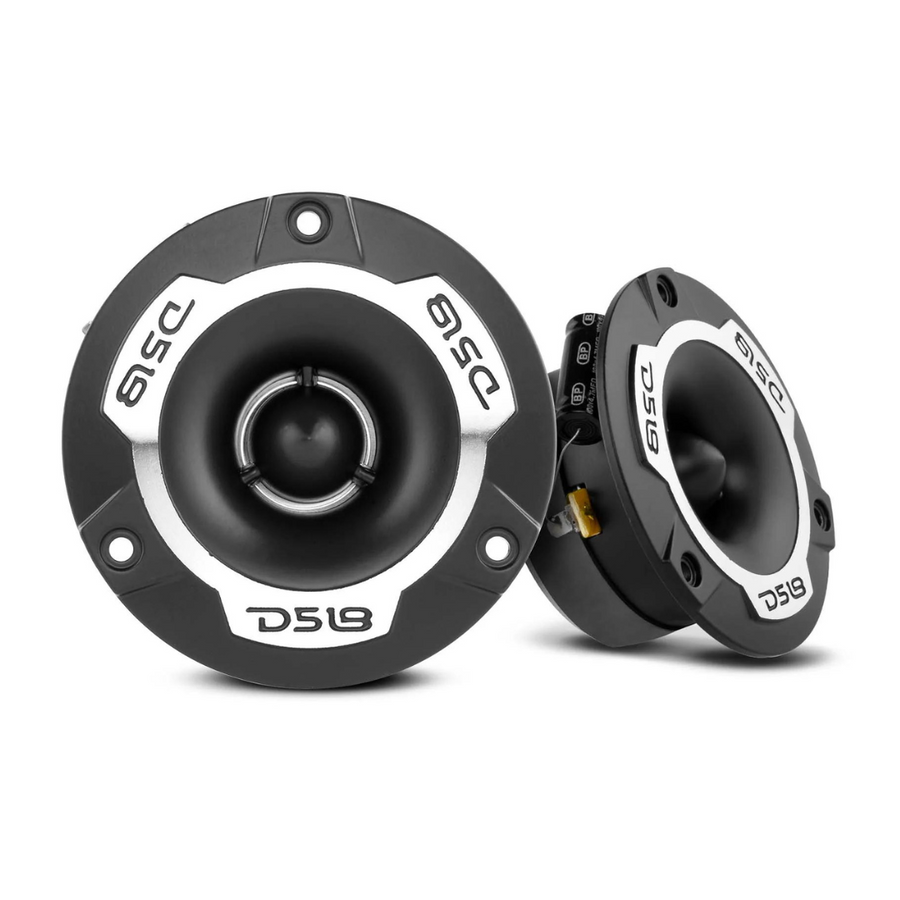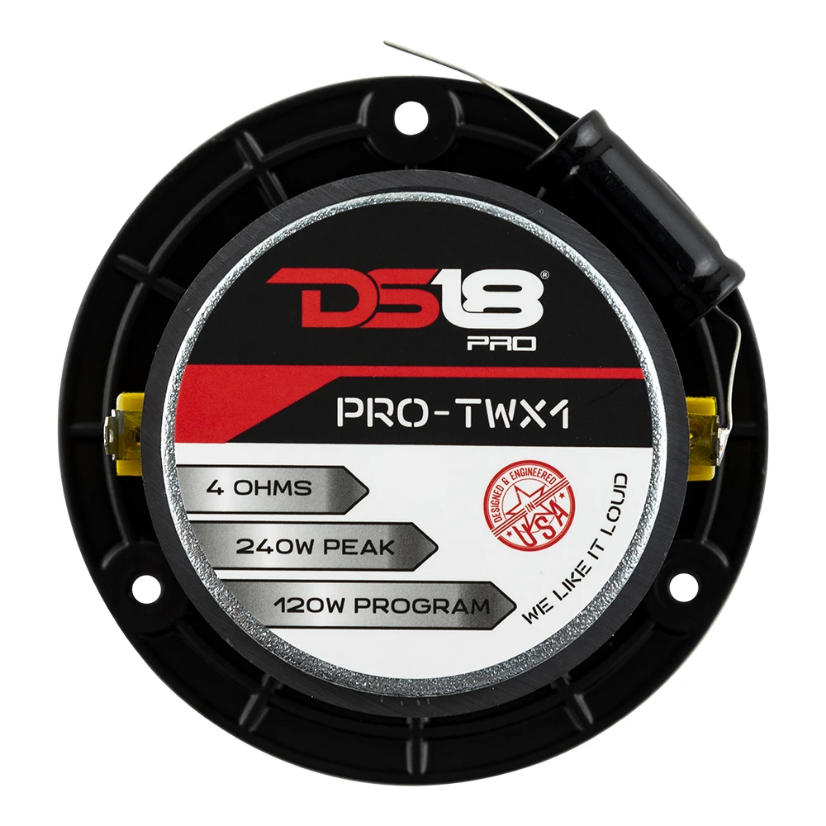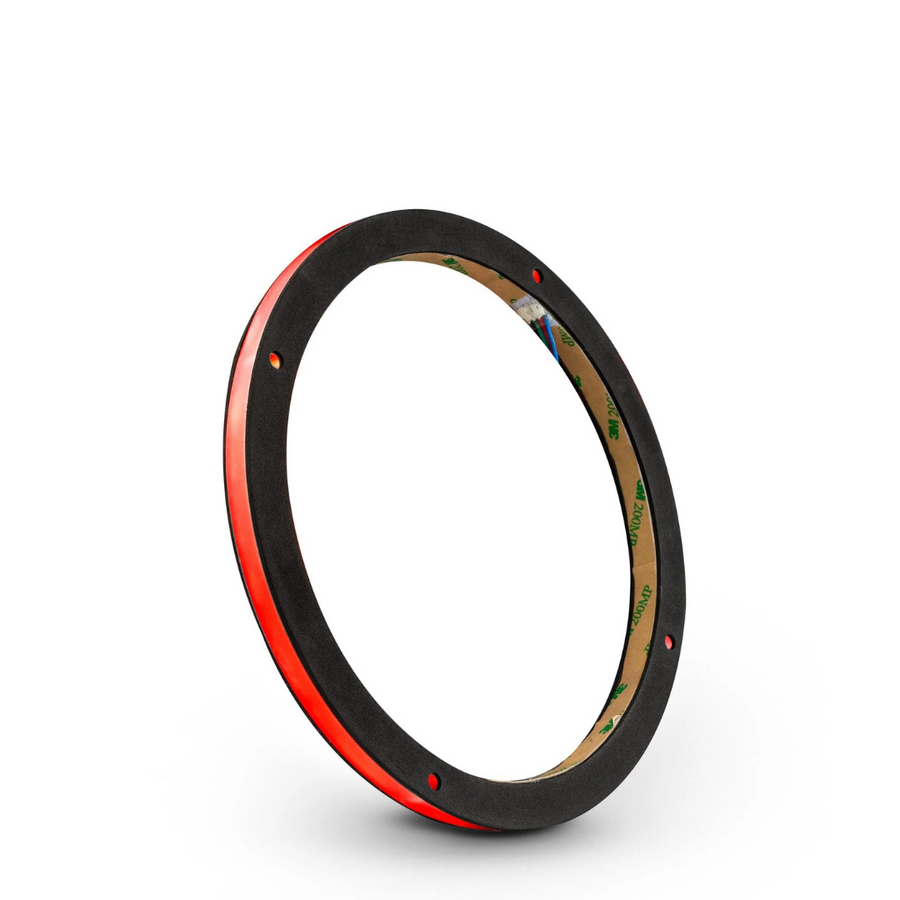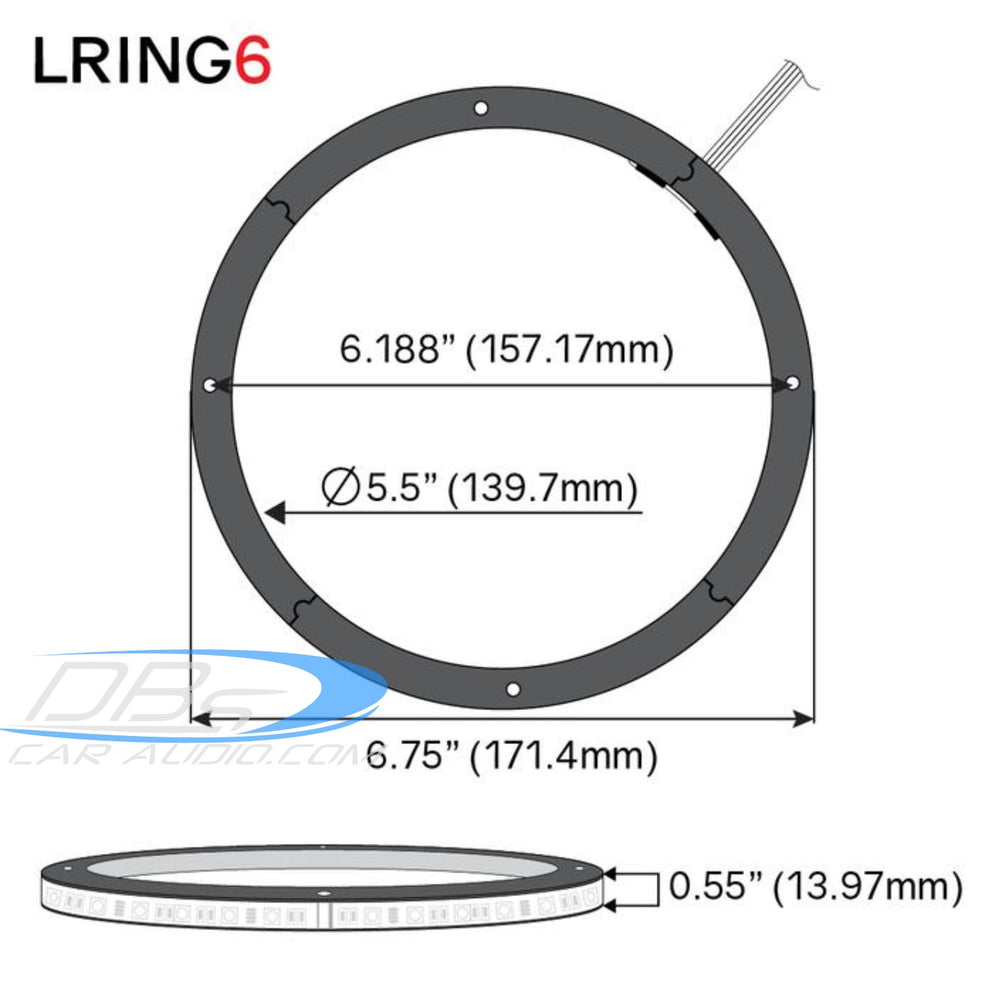Tuning a Sixth-Order Bandpass Enclosure: A Comprehensive Guide
A sixth-order band-pass enclosure is a complex and specialized speaker box design that can deliver impressive sound quality and efficiency when tuned correctly. However, tuning such an enclosure can be a challenging task, and it requires a deep understanding of acoustics and speaker design. In this blog, we’ll take you through the process of tuning a sixth-order band-pass enclosure step by step.
Understanding the Sixth-Order Band-pass Enclosure
Before you begin the tuning process, it’s crucial to have a solid grasp of what a sixth-order band-pass enclosure is. This type of enclosure consists of two chambers: a vented rear chamber and a vented front chamber. The speaker driver is mounted in one of these chambers, while the other chamber serves as an acoustic filter. The sound from the speaker driver travels through the acoustic filter, producing unique acoustic characteristics.
Step 1: Selecting the Right Components
Step 2: Design the Enclosure
Utilize specialized software or consult a professional to design the enclosure. These tools will help you determine the optimal box dimensions, port size, and other parameters for your specific speaker driver.
Step 3: Assemble the Enclosure
Construct the enclosure with precision, paying attention to sealing and reinforcement. Any leaks or weak spots can compromise the performance of your sixth-order band-pass design.
Step 4: Testing and Fine-Tuning
Step 5: Listen and Refine
Listening is a crucial part of the tuning process. Pay attention to the audio quality across various frequencies and different music genres. Make adjustments as necessary to achieve the sound profile you desire.
Conclusion
Tuning a sixth-order band-pass enclosure is a complex task that requires patience, precision, and a good understanding of acoustics and speaker design. Remember that tuning might involve several iterations to achieve the best results. Seek guidance from experts, use specialized software, and trust your ears to fine-tune your sixth-order band-pass enclosure for optimal audio performance. With the right components and meticulous tuning, you can enjoy a unique and powerful sound experience.
Understanding the Sixth-Order Band-pass Enclosure
Before you begin the tuning process, it’s crucial to have a solid grasp of what a sixth-order band-pass enclosure is. This type of enclosure consists of two chambers: a vented rear chamber and a vented front chamber. The speaker driver is mounted in one of these chambers, while the other chamber serves as an acoustic filter. The sound from the speaker driver travels through the acoustic filter, producing unique acoustic characteristics.
Step 1: Selecting the Right Components
To build a well-tuned sixth-order band-pass enclosure, you need to select the right components, including the speaker driver, box dimensions, and port size. Here are some considerations:
- Speaker Driver: Choose a high-quality speaker driver with the right specifications for your desired sound. Look at parameters like sensitivity, power handling, and frequency response.
- Box Dimensions: The size of the sealed and vented chambers is critical. The dimensions affect the tuning frequency and overall performance of the enclosure.
- Port Size: The port size and length will determine the tuning frequency of the enclosure. Smaller ports lead to lower tuning frequencies, while larger ports result in higher tuning frequencies.
Step 2: Design the Enclosure
Utilize specialized software or consult a professional to design the enclosure. These tools will help you determine the optimal box dimensions, port size, and other parameters for your specific speaker driver.
Step 3: Assemble the Enclosure
Construct the enclosure with precision, paying attention to sealing and reinforcement. Any leaks or weak spots can compromise the performance of your sixth-order band-pass design.
Step 4: Testing and Fine-Tuning
Testing and fine-tuning are crucial steps in the process. Here’s what you need to do:
- Initial Testing: Connect your speaker driver to an amplifier and play test tones. Use a frequency response measurement tool to analyze the output.
- Adjust Port Length: If the tuning frequency is not as desired, you can adjust the port length. Shortening the port raises the tuning frequency, while lengthening it lowers the tuning frequency.
- Seal Leaks: Ensure there are no air leaks in the enclosure. Use caulk or other sealing materials to fix any issues.
- Experiment with Damping Material: The type and placement of damping material inside the chambers can influence the sound. Experiment with different materials and positions to fine-tune the enclosure.
Step 5: Listen and Refine
Listening is a crucial part of the tuning process. Pay attention to the audio quality across various frequencies and different music genres. Make adjustments as necessary to achieve the sound profile you desire.
Conclusion
Tuning a sixth-order band-pass enclosure is a complex task that requires patience, precision, and a good understanding of acoustics and speaker design. Remember that tuning might involve several iterations to achieve the best results. Seek guidance from experts, use specialized software, and trust your ears to fine-tune your sixth-order band-pass enclosure for optimal audio performance. With the right components and meticulous tuning, you can enjoy a unique and powerful sound experience.
More from:
Car Audio Related Topics


